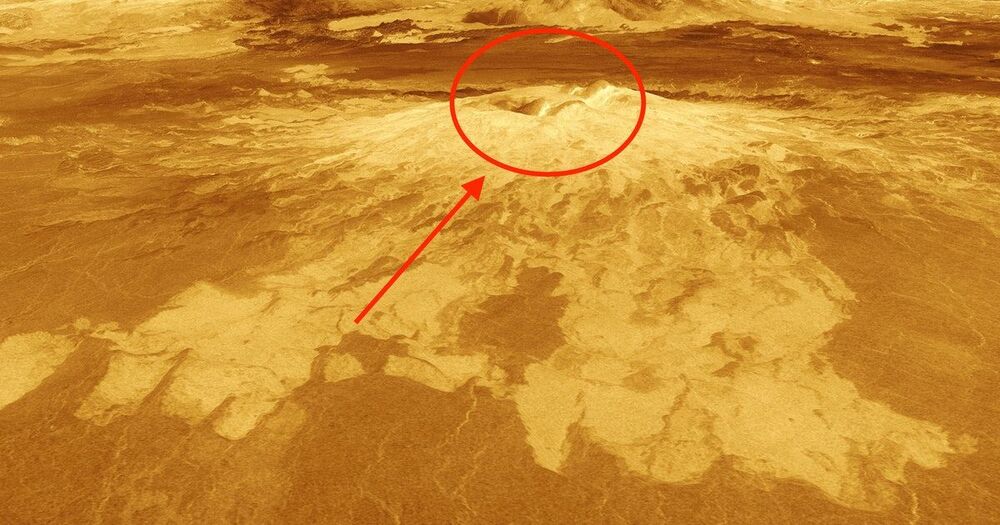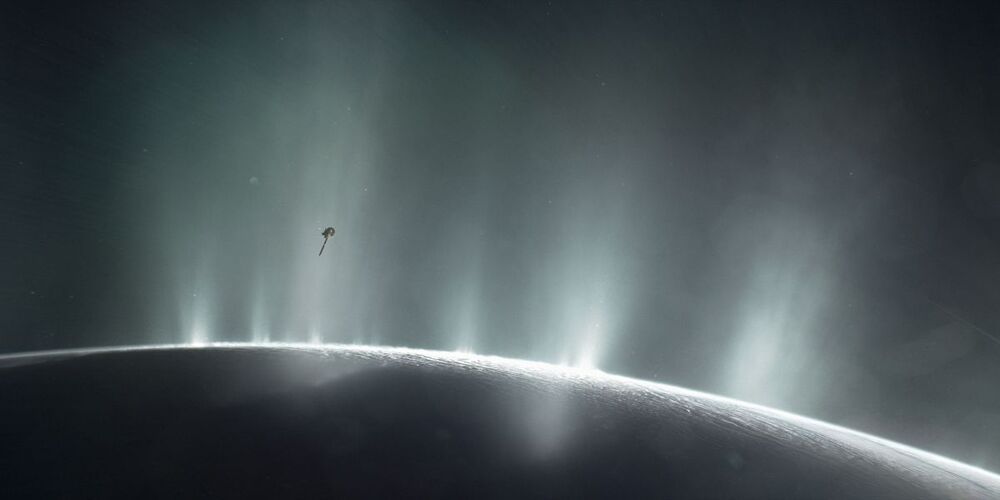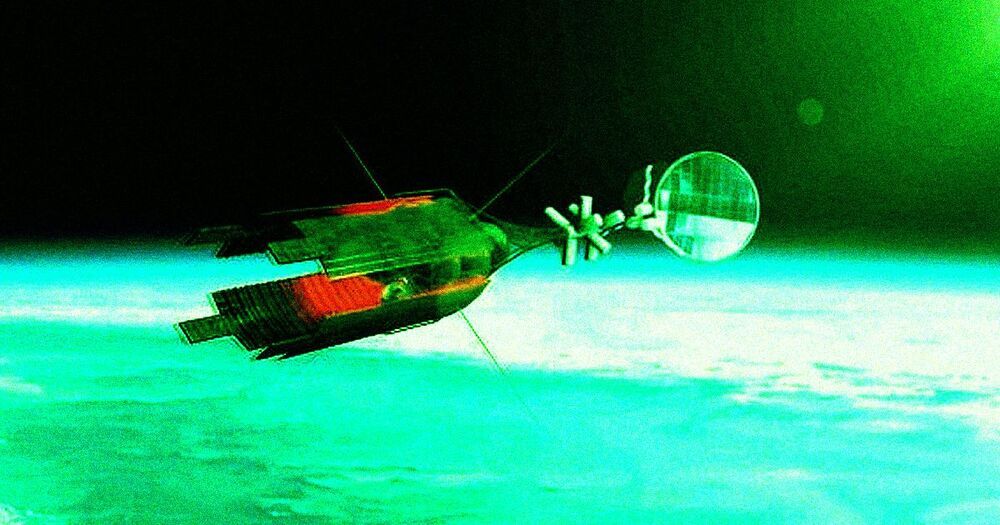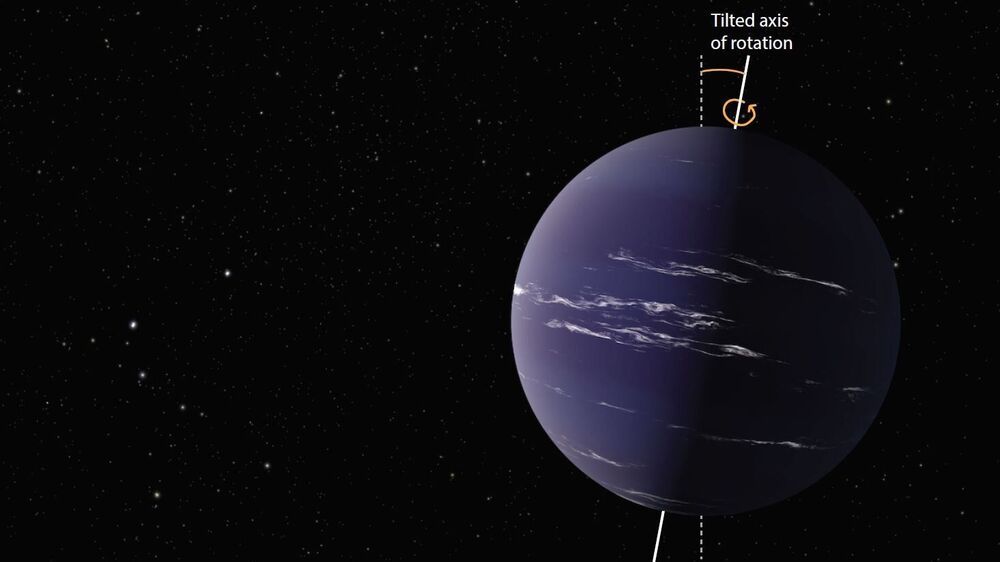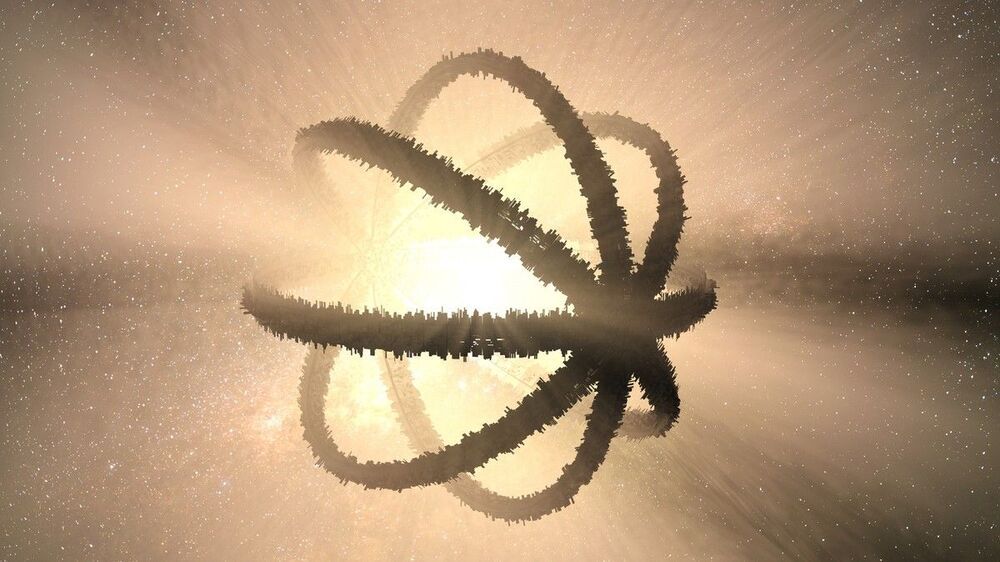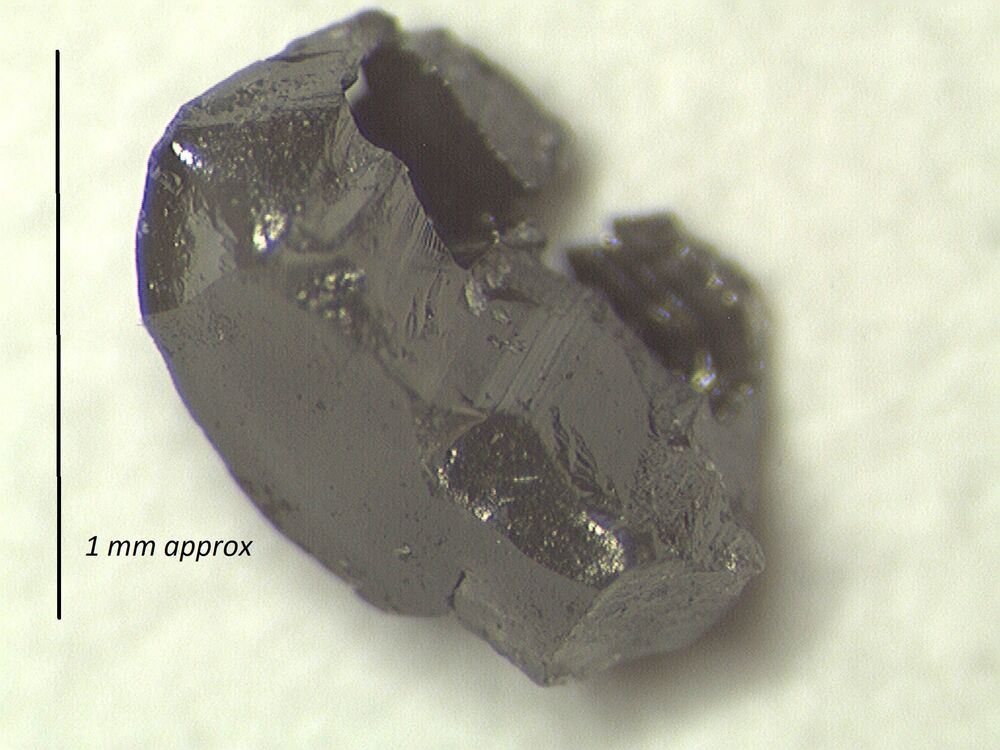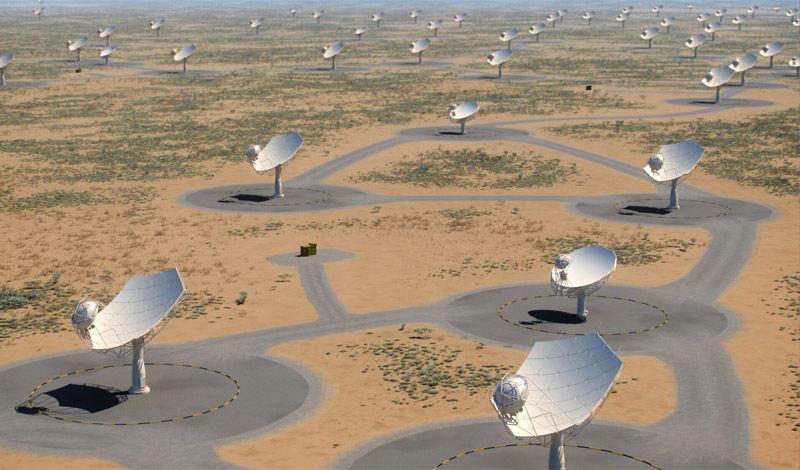When a star is born, the leftover dust and gas in the cloud from which it formed doesn’t just sit there. It clumps together, forming other cosmic objects — asteroids and comets and meteors and, yes, exoplanets. We’ve detected many of these exoplanets in orbit around alien stars in the Milky Way.
But not all exoplanets stay put. Some get gravitationally kicked away from their parent star, to wander the galaxy, cold and alone. These are less easy to detect — but, after careful combing through data from NASA’s planet-hunting Kepler space telescope, astronomers think they’ve found some.
In data from a two-month observing period, they counted 27 signals hinting that a rogue exoplanet was moving past the telescope’s eye. Most of them were known, detected by other instruments — but five were completely new.

